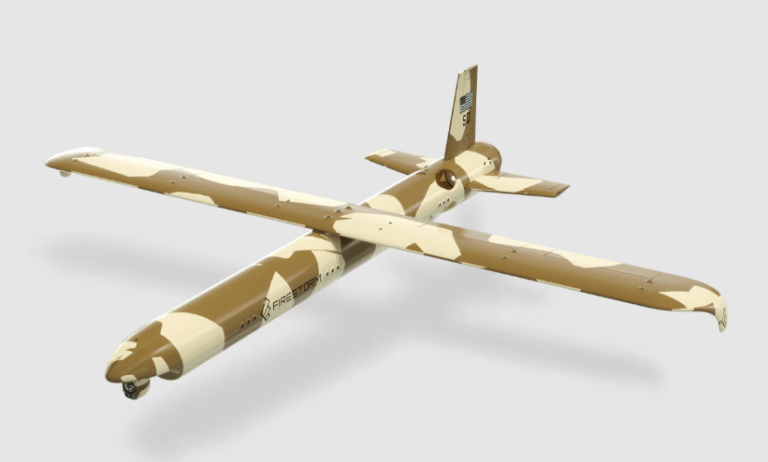Quantum technology is rapidly emerging as a key driver of innovation in the tech landscape, with billions already funneled into research and development. The evolution of quantum computers promises to address complex problems currently unattainable by even the most advanced supercomputers. Their remarkable ability to uncover hidden patterns in intricate datasets and tackle substantial optimization challenges positions them to revolutionize drug and material design, enhance financial algorithms, and redefine standards in cryptography and cybersecurity.
As the industry transitions from theoretical exploration to practical applications, the emphasis has shifted from “if” quantum technology will succeed to “when.” This momentum is fueled by thousands of physicists and engineers dedicated to ensuring the reliability of qubits—the fundamental component of quantum information—amid external interference, all while focusing on scalable solutions.
Key Trends Shaping Quantum Innovation
Quantum Error Correction
The consensus within the quantum ecosystem is clear: simply expanding existing quantum computers will not yield the critical commercial breakthroughs needed for reliable operations. Thus, the spotlight is on quantum error correction as the cornerstone for developing robust, fault-tolerant machines. Companies such as Riverlane Ltd., Q-CTRL Pty. Ltd., and Qedma Ltd. are at the forefront of innovating error correction techniques, including the use of logical qubits and novel coding strategies, to protect quantum information from noise and decoherence.
Emergence of Middle-of-the-Stack Players
Initially, many quantum startups embraced a full-stack approach. However, as the field has matured, a diverse range of mid-tier companies now thrive, focusing on specialized capabilities. This evolution allows firms to enhance their offerings by integrating components from experts like Quantum Machines (Q.M Technologies Ltd.) for control systems and Classiq Technologies Ltd. for quantum software development.
Scale-Out Architectural Advances
Instead of relying solely on larger, single-quantum processing units, the industry is now gravitating toward scale-out architectures that interconnect multiple quantum processing units (QPUs). Companies like Nu Quantum Ltd., memQ Inc., and Icarus Quantum Inc. are pioneering this approach, enabling distributed systems that may utilize diverse types of qubits collaboratively. Nevertheless, integrating solid-state systems with optical signals continues to pose significant challenges.
Innovations in Input-Output and Cryogenics
To support both scale-up and scale-out approaches, groundbreaking advancements are occurring in managing qubit interactions. For solid-state systems—such as superconducting and silicon spin qubits—the complexity of wiring each qubit presents engineering hurdles. Innovations like advanced density solutions from Delft Circuits B.V. and cryogenic control technology from Diraq Pty Ltd. are addressing these challenges, aiming to minimize thermal disturbances in ultra-cold environments.
Mergers and Acquisitions on the Rise
The quantum sector continues to see unexpected levels of consolidation, with IonQ Inc. leading a series of strategic acquisitions in 2025, enhancing capabilities across multiple facets of quantum technology. This trend reflects a maturation of the industry as entities from the initial quantum wave emerge as strategic players poised to influence future developments.
The road to achieving fault-tolerant quantum computing is undeniably complex, but the accelerating progress across this multifaceted domain underscores a significant commercial opportunity. As foundational technologies evolve, the potential to overcome challenges in quantum computing scalability becomes an increasingly promising frontier.







